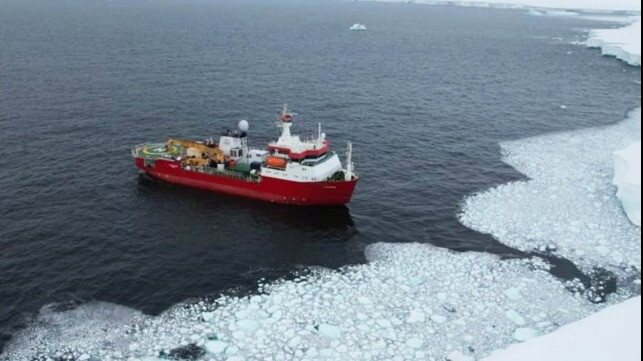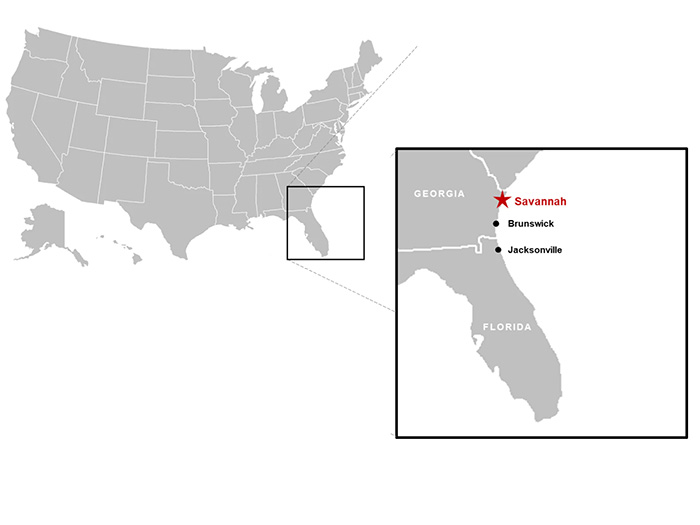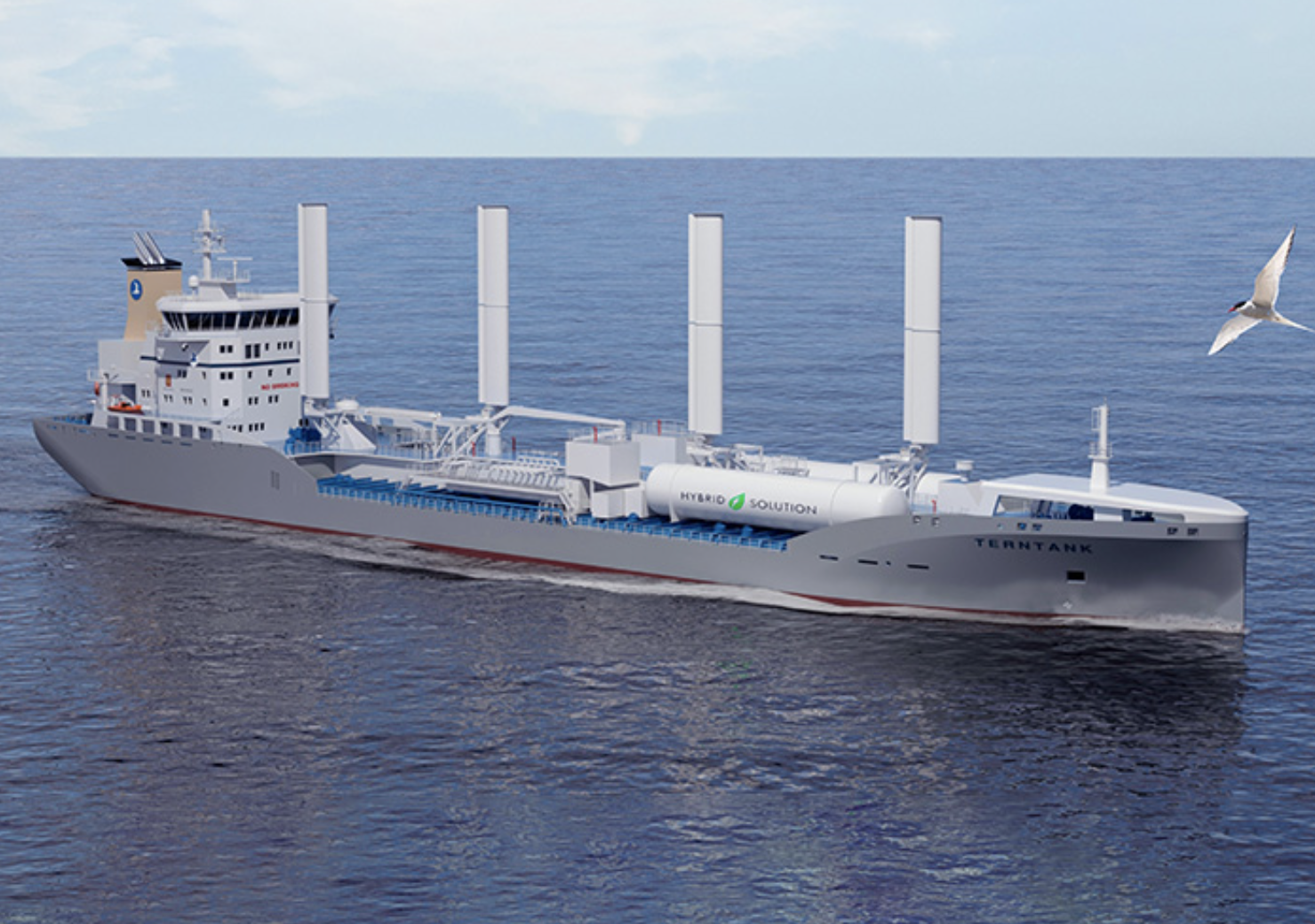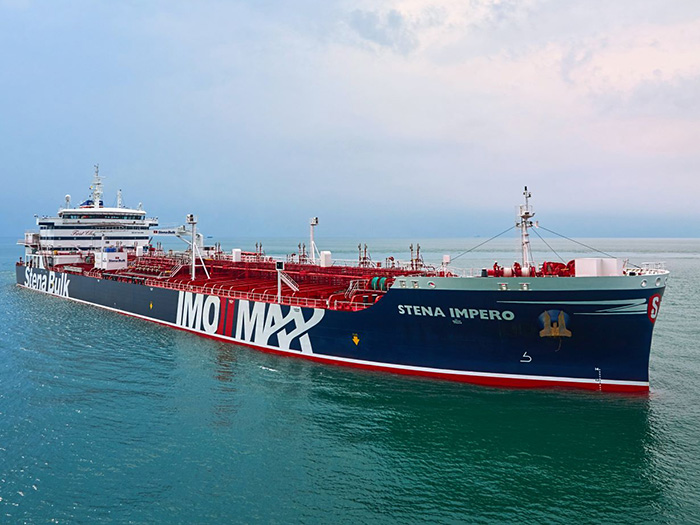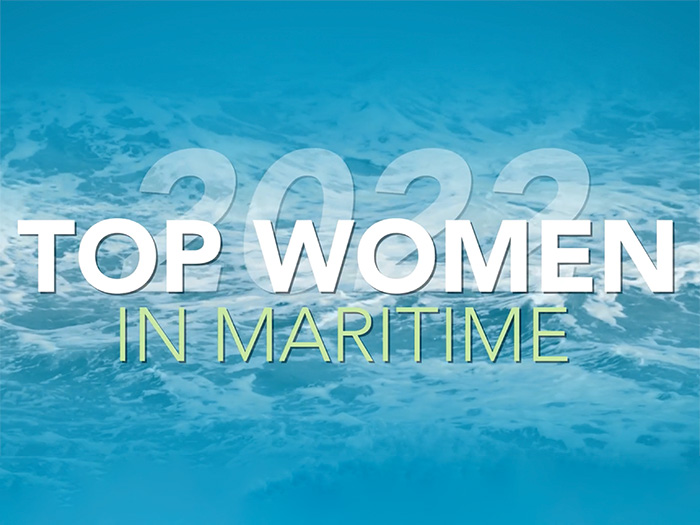The growing threats of climate change to the Antarctic and southern ocean ecosystems have yet again been highlighted as an Italian icebreaker set a world record by sailing to the southernmost point in the Antarctic. According to the researchers, the voyage is a sign that the southern pole is losing ice coverage permitting the vessel to sail to a point where just six years ago in 2017 another vessel encountered impenetrable ice.
The Italian icebreaker Laura Bassi is reporting it reached a point with the coordinates of 78° 44.280′ S in the Bay of Whales, Ross Sea in Antarctica, marking the record-achieving voyage by a ship.
“It is the southernmost point ever reached in the Ross Sea in Antarctica, and generally the southernmost point ever reached by a ship,” said the National Institute of Oceanography and Experimental Geophysics (OGS) in a statement.
It added that by sailing to the southernmost part, the icebreaker is taking part in the oceanographic campaign of the 38th Italian expedition of the National Antarctic Research Program (PNRA). The icebreaker arrived at the Italian seasonal research station Mario Zucchelli approximately two weeks ago for its research expedition.
The voyage to the previously unexplored area of the Ross Sea illustrates the changes to the ice sheets in the region said the expedition sponsors. Researchers estimate that between 1992 and 2017, there has been a loss of almost 2,700 gigatonnes (2,700 billion tonnes) of ice from the Antarctic ice sheet. They said the loss is occurring through the collapse of large ice shelves, contributing about eight millimeters to the mean sea level. They believe the speed of the ice loss has quadrupled since the end of the 20th century.
The icebreaker Laura Bassi achieved its record during its ongoing research mission in the Ross Sea where a team of 28 researchers are carrying out research activities as part of eight projects funded by the PNRA and in collaboration with the Hydrographic Institute of the Navy.
Formerly known as E. Shackleton and Polar Queen, the icebreaker built in 1995 in Norway was acquired by OGS in 2019. She underwent a major upgrade of hull-mounted and deck scientific instrumentation. The ship is 262 feet long and 4,000 gross tons. With accommodations for approximately 50 scientists, she is Italy’s only multi-purpose vessel for marine geology and geophysics, biological, physical and chemical oceanography, and atmospheric science research.
During its current mission in the Antarctic, the vessel reached the previously unexplored area to carry out the sampling of the Biophysical coupling and structure of the larval and juvenile fish community of the Ross Sea continental shelf. According to OGS, the first results of the study of the physical parameters of the seawater revealed the presence of particularly cold water, confirming that it is of great importance for the study of the dynamics of the currents in the Ross Sea.
In addition, a first analysis of the sampled material showed a high density of larval and juvenile stages of fish species, highlighting the presence of some species rarely observed in the Ross Sea, as well as a large amount of unicellular algae, showing a high primary production and stimulating further research.


